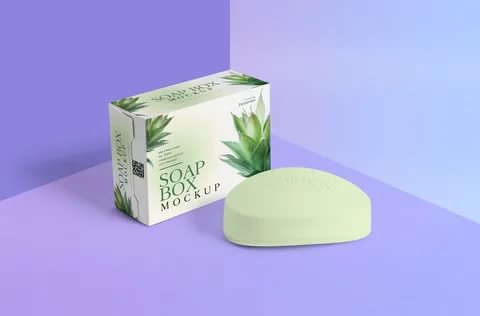Learn How To Determine How Much Weight A Corrugated Box Can Support
While the weight of a box may not be the first thing that comes to mind when making a one-time purchase, the weight and strength of a corrugated box can have a significant impact on the bottom line. Finding the right weight and strength for a corrugated box can mean lower supply chain costs and more profit for a company.
Corrugated boxes are made of three layers of paper: an inside liner, an outside liner, and fluting running through the middle. The flutes between the layers of liners give corrugated boxes strength and structure, as well as an extra layer of protection.
This corrugated method, also known as containerboard, ultimately contributes to the strength required to support weight and protect the product inside.
Read More:
https://laurenmaisy.journoportfolio.com/articles/4-packaging-materials-for-bath-bomb-and-soap-boxes/
https://theproductboxes.wildapricot.org/event-4477071
https://www.loomio.org/d/05gDVbGJ/top-four-materials-used-for-custom-soap-boxes
The material of a corrugated box determines its strength. The strength of a box is proportional to its density. The more walls a box has, the more powerful it is. The manufacturer's stamp inside the box usually states single wall, double wall, or triple wall to indicate the box's strength.
Because no two corrugated boxes are the same, the outer and inner dimensions may differ, implying that the weight the box can carry may also differ. Calculating box size also enables businesses to make informed decisions about logistics and supply chain management, but box size has no effect on overall box strength.
Despite the fact that it may be tempting to measure from the outside, box size is always given in terms of inner dimensions. The length, or the longest dimension of the opening, is usually mentioned first, followed by the width and depth.
Read More:
https://www.brownpapertickets.com/event/5224337
https://theproductboxes.teamapp.com/clubs/658300/articles/5874265?_detail=v1
https://app.box.com/s/5yku8bcqi6gq0ue6du8vsmzuohcnfq5d
Corrugated boxes should ideally have a ratio of 2:1:2. (L: W:D). Corrugated boxes of various sizes, on the other hand, are absolutely available for products that do not fit in standard sizes.
The edge-crush test is used to calculate the weight that can be held by the corrugation in boxes of all sizes (ECT). “ECT is a measure of corrugated board compressive strength. It is determined by compressing a small segment of the board on edge between two rigid plates perpendicular to the flute direction until a peak load is established.”
The ECT rating is required to calculate the weight that a corrugated box can hold. A Box Maker's Certificate will be found at the bottom of nearly every shipping box. There will be a number assigned to the "Edge Crush Test."
Based on the ECT number found on the bottom of the box, the following are estimates for the amount of weight a single-wall corrugated box can hold.
ECT# Weight able to be held in pounds (lbs)
32 30
40 40
44 50
55 65
A double-wall corrugated box can hold the below weight based on the ECT number found on the bottom of the box.
ECT# Weight able to be held in pounds (lbs)
48 60
51 80
61 100
71 120
82 140
Based on these calculations, businesses can make informed financial decisions about how much product to put in a box or how large a corrugated box is required to meet their requirements.
We have over 40 years of combined experience to help you determine which corrugated box style will best suit your packaging needs. Corrugated boxes come in over 30 different styles. We have the corrugated box you need, from basic Regular Slotted Containers (RSC) to self-erecting boxes to retail floor displays. To meet your corrugated application, we'll combine our experience with your box requirements and budget.


Comments
Post a Comment